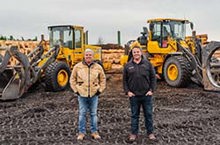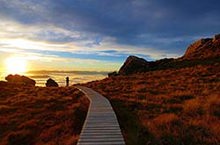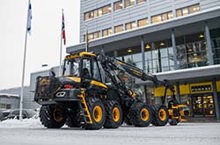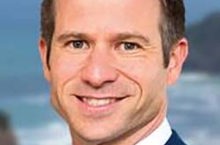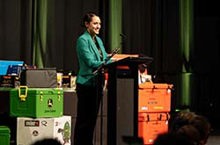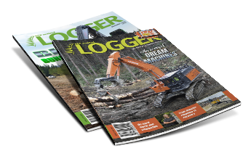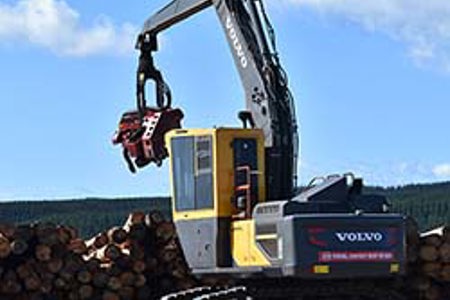
Back in 1970, Tapio Kajavala was a tree planter in Murupara who shot deer on the weekends to sell. His wife was a night shift nurse and together they saved up the deposit for a new Clark 664 log skidder. From there they progressed to full-sized log skidders, haulers and dozers with arches, running the first crew to harvest in Tarawera Forest.
Many will have followed son Jacob Kajavala’s story as he changed the business model to the superskid system which took Kajavala Forestry (KFL) from 20 employees to 170 in the space of three years. It was the first logging company in New Zealand to have an IT department to handle all the data from its operations. Those working in Kaingaroa and Tarawera Forests will see those stem trucks heading north on the daily bound for the KFL yard.
This is definitely a story of change. Twentyish years ago when Iron Test writer, Tim Benseman, last visited KFL’s superskid in Kawerau, all these clean, branch-free stems were measured and marked by logmakers and cut up by skiddies with Stihl chainsaws. This had been proven to be a viable alternative to processors in the bush. So to do an Iron Test on a processor here is a head scratcher. When did this place move away from manual processing?
Mechanic team leader Ricky, who has “been here forever”, says the last skiddie finished up around two or three years ago as the move away from people on the ground really took hold: “We were one of the last two crews who had manual processing. There was one stem crew who still had a bush crew cutting up on the ground as well. We never had any accidents but it's just the way things have gone.”
It’s getting close to four years since we last tested a Volvo. As we approach the Volvo EC380DL it seems like a big unit for the job, says Tim. It’s a 38-tonne house sitting on a 48-tonne base.
To read more, get your copy of the November 2024 edition of NZ Logger magazine, on sale from 4 November. Check the link on this page to subscribe to either a printed or digital copy (or both).

